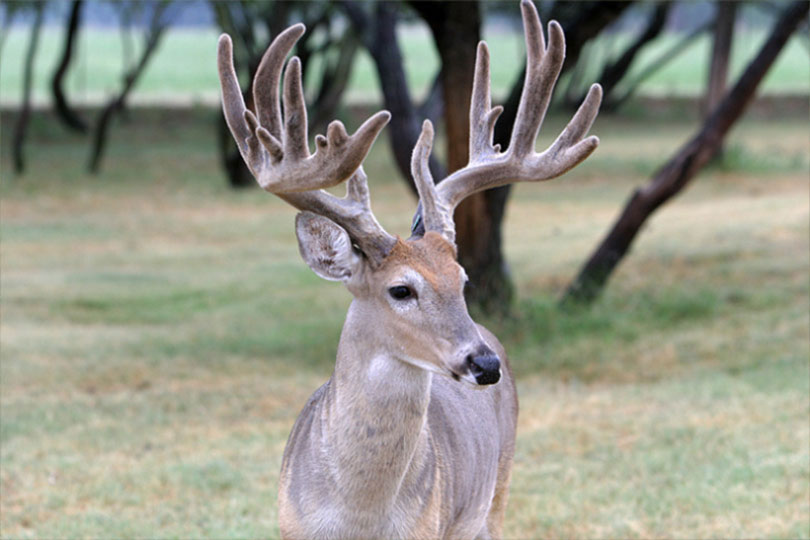By Jessica Domel
Multimedia Reporter
A national lab has confirmed the fatal, neurological deer disease, Chronic Wasting Disease (CWD), in deer breeding facilities in Frio and Hamilton counties.
Late last month, Texas Parks and Wildlife Department (TPWD) staff told the parks and wildlife commission CWD was suspected in each of the facilities and had been confirmed in Zavala, Gonzales and Washington counties, as well.
Tuesday, April 11, TPWD announced the National Veterinary Services Laboratory confirmed the cases in Frio and Hamilton counties.
It is the first detection of CWD in each of the counties.
According to the department, a single case of CWD was detected in Hamilton County during live animal testing to determine if the deer could be moved from the property to a registered release site.
A single case of CWD was found in Frio County through post-mortem testing after the deer died naturally.
TPWD reports the post-mortem testing at that facility was required as part of CWD surveillance in the area.
Following confirmation of CWD, TPWD secured the remaining deer at both facilities.
The department and the Texas Animal Health Commission (TAHC) are working together to investigate the extent of the disease within the breeding facilities.
Dr. Andy Schwartz, TAHC executive director and state veterinarian, said it is imperative for producers to stay diligent in testing susceptible species for CWD.
Cervids such as white-tailed deer and mule deer, elk and moose are susceptible to the disease.
It can be spread through direct contact with an infected animal or their carcass or indirectly through infected items in the environment like soil, dust or forage.
The disease has a long incubation period, during which time infected animals may not show outward signs of illness.
During that time, infected animals shed prions in their saliva, urine, feces, blood and soft antler material that can infect other susceptible animals for years.
As the disease progresses, symptoms may include: progressive weight loss, stumbling or tremors with a lack of coordination, excessive thirst, salivation or urination, loss of appetite, teeth grinding, abnormal head posture and/or drooping ears.
CWD causes brain cells to die, ultimately leading to the death of an infected deer, according to the U.S. Department of Agriculture’s Animal and Plant Health Inspection Service.
CWD was first detected in Texas in 2012 in a free-ranging mule deer near the Texas-New Mexico border. Since then, it has been detected in more than 471 captive or free-ranging cervids in 20 Texas counties.
As a precaution, hunters are encouraged to have their deer tested for CWD. To make this easier, during deer hunting season, TPWD establishes CWD check stations where deer may be tested.
TPWD recommends that no one consumes the meat of infected animals.

